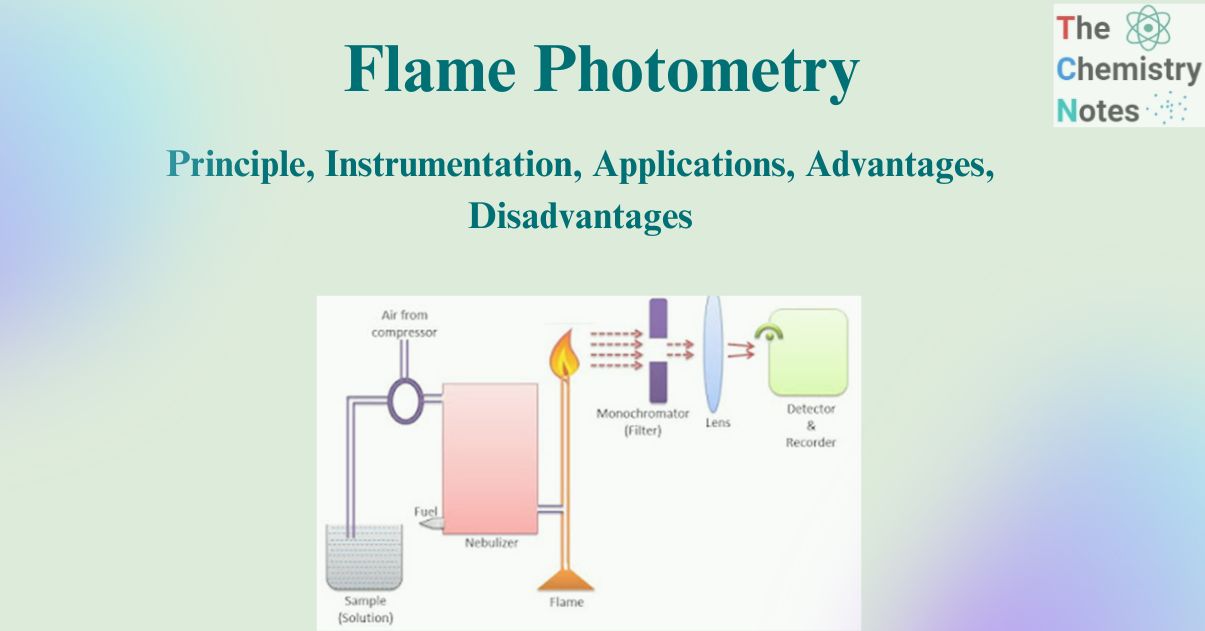

All the colors of the Absorption Spectra do make it kind of confusing. Pressure Sodium Lamps: These are HID lamps containing a sodium-mercury amalgam and trace quantities of inert gas, such as xenon, to assist in the startup. And these are being absorbed (with emphasis on blue). Actually, if you just burned hydrogen and looked at its spectra, you would get the Emission Spectra and not the Absorption Spectra, and this Emission Spectra would only show the bunch of blue lines, one purple line, and one red line. All the other colors shown are just part of the natural light being shown down on the element. Sodium emission spectrum when reacting with water. The spectrum of hydrogen indicates that there is only one electron in a hydrogen atom, and the spectrum of sodium indicates that there is more than one electron. Time-Resolved Emission Spectra from Laser-Induced Plasma in Sodium Chloride. These lines are emitted in a transition from the 3p. This is the color that will be the opposite of the flame color on the color wheel. Research Institute of Electronics (c), Shizuoka University, Hamamatsu I ). This spectrum is dominated by the bright doublet known as sodium D-lines at 589.0 and 589.6 nanometres (nm). Remember, always look at the color area on the rainbow that is blacked out the most. lines of different frequency/wavelength, e.g., the sodium line emission spectrum shown. So if blue is being absorbed, the opposite color would be transmitted and this color is orange. electron transition, emission spectrum and absorption spectrum. However, there are MORE dark lines in the blue region. If you look at the lines for hydrogen blue, purple, and red are being absorbed. is much more complete in the absorption than in the emission spectrum. Therefore, all the other colors would be absorbed. The inset shows that there are two closely spaced emission lines with wavelengths of 589.0 and 589.6 nm. Figure 8.1.3: Atomic emission spectrum for Na at a temperature of 3000 K. (This would be orange.) The element hydrogen turns orange when being burned and this color is transmitted to us. As seen in Figure 8.1.3, the emission spectrum for Na is dominated by the pair of lines with wavelengths of 589.0 and 589.6 nm. This means that if there is a big dark band where blue would be, then the opposite color to blue on the color wheel is being transmitted. You are supposed to look at the dark areas of the absorption spectra and those dark areas indicate that the color which would be there is being absorbed. I think both the absorption and emission lines are showing which colors are being absorbed.


 0 kommentar(er)
0 kommentar(er)
